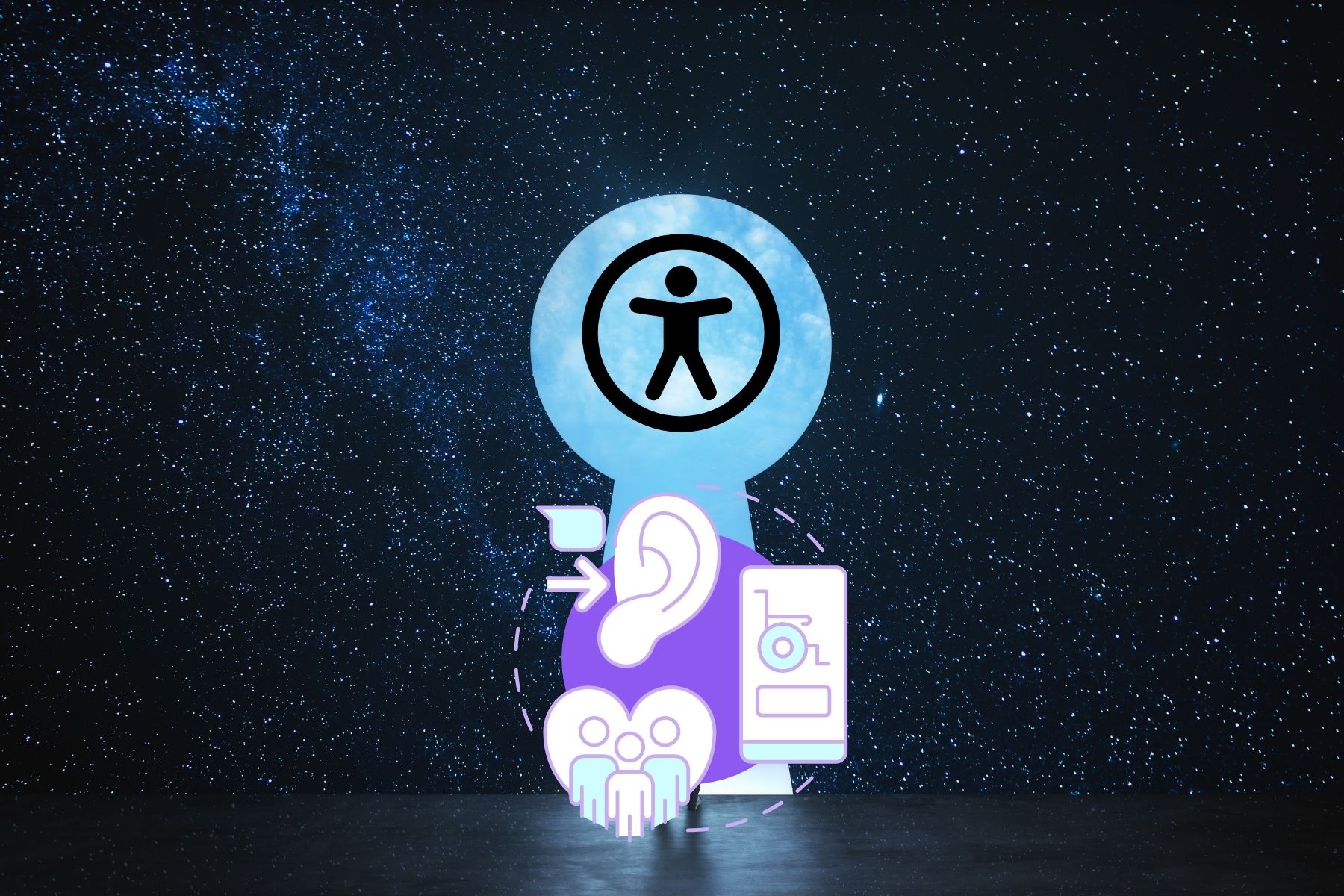
At Creatrix, we believe that building inclusive digital experiences isn’t just good design — it’s essential. Accessibility ensures everyone, regardless of ability, can interact with your site effectively. Whether you’re working with clients in government, healthcare, or e-commerce, meeting WCAG 2.1 AA standards should be a core part of your process.
Here are 10 practical accessibility tips we use in our projects — and that you should too:
1. Provide Text Alternatives
Use alt text for all non-text content like images, charts, and videos. This ensures screen readers can interpret and convey that information to users with visual impairments.
2. Ensure Keyboard Navigation
Your site should be fully operable using only a keyboard. This means all interactive elements — like forms, links, and modal windows — must be accessible without a mouse.
3. Maintain Strong Contrast Ratios
Text should have a minimum contrast ratio of 4.5:1 against its background. This is critical for users with low vision or color blindness and helps with readability across devices.
4. Support Resizable Text
Make sure users can zoom in up to 200% without losing functionality or content. Responsive typography and scalable layouts are key to achieving this.
5. Avoid Keyboard Traps
Once a user focuses on an element (like a form input or modal), they should be able to navigate away easily using the Tab or Shift+Tab keys. Avoid traps that isolate focus.
6. Label All Form Inputs Clearly
Every form input should have a visible and programmatically associated label. Placeholder text isn’t enough — use label elements for clarity and accessibility.
7. Provide Clear Focus Indicators
Ensure that when users tab through your site, focus indicators (like outlines or highlights) are visible and easy to follow. This helps users know where they are on the page.
8. Use Semantic HTML
Elements like <nav>, <main>, <section>, and proper heading levels (<h1> to <h6>) help assistive technologies understand and navigate your site structure better.
9. Avoid Auto-Playing Media
Videos or audio that auto-play can be disorienting or disruptive. Always give users control to play, pause, or stop media content.
10. Test with Real Assistive Tools
Don’t just rely on automated audits. Use screen readers (like NVDA or VoiceOver), keyboard-only navigation, and colorblind simulators to truly experience your site as your users would.
Why Accessibility Matters
- Legal compliance (ADA, Section 508, EAA)
- Better UX for all users, not just those with disabilities
- Improved SEO through semantic structure and content clarity
- Expanded audience reach, including older adults and mobile users
Need help implementing accessibility?
Our team specializes in designing and developing WCAG-compliant digital products. Whether it’s an audit, redesign, or full build, we can help you make your website inclusive and future-ready.
Share
Ready to bring AI into your business
We’d love to hear from you — let’s start the conversation today.
Let’s Talk



